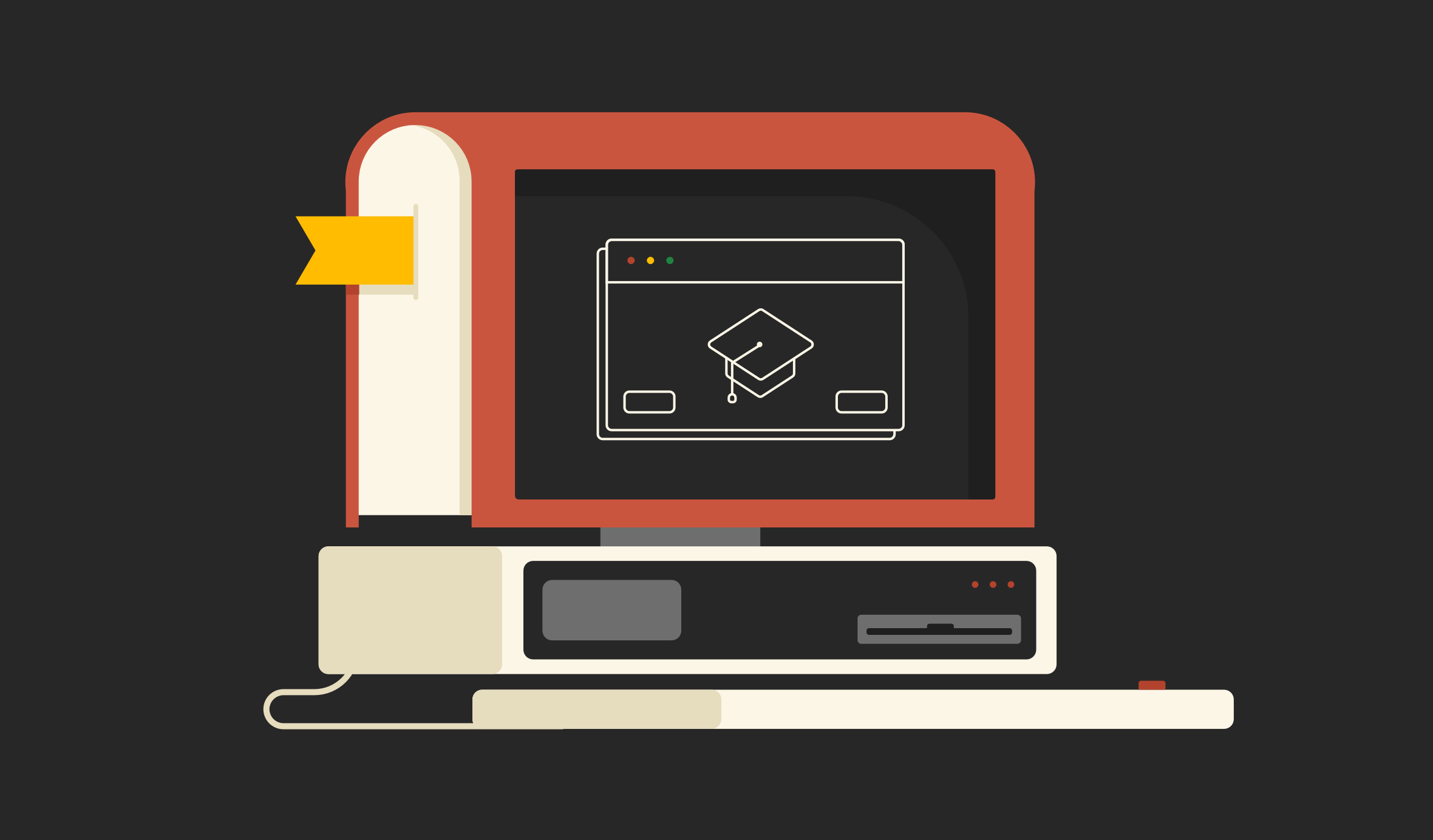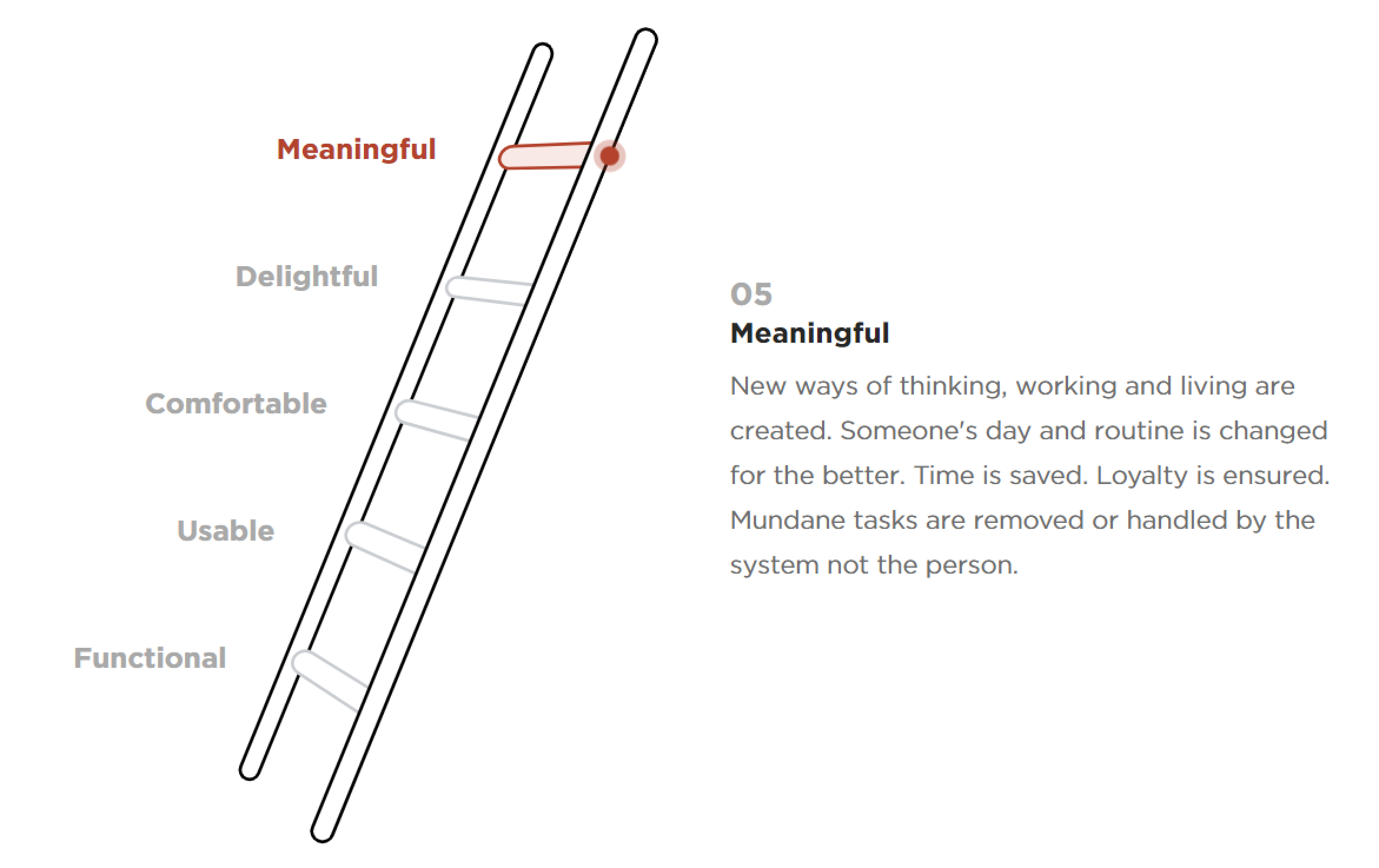How to Make Better Educational Technology

Technology has always had a complicated relationship with education. On one hand, education advances technology. How would the Bill Gates and Steve Jobs of the world create new technology without education?
On the other hand, technology available in the classroom is often in direct competition with other technology. It’s usually fighting with products like TikTok for limited brain space and often a step or two behind.
At its best, technology can improve student productivity, collaboration, and communication. At its worst, too much technology can lead to a decline in critical thinking and analysis and add to isolation and distraction.
The World Economic Forum expects the educational technology market to expand to $350 billion by 2025, driven in large part by the 1.2 billion children across 186 countries affected by school closures during the pandemic.
This whole generation of children will be a different kind of digital native. They won’t expect learning to happen only in the classroom. They’ll expect it to happen wherever they are.
With even preschools basing their curriculums around customized computer-first lessons, how can we ensure the educational technology of the present and near-future is more helpful than harmful?
Here are a few of core ideas about how to make educational technology safe, productive, and beneficial for the next generation of learners.
Create More Meaningful Educational Experiences
We tell clients all the time that competitive advantage is a result of building meaningful experiences. That’s even more important for education. The lessons that stick are often not reliant on fancy technology as much as the deeper meaning and message behind them.
Adults of a certain age blazed the Oregon Trail as kids through a computer game developed in the 1970s. Designed to teach school children about the realities of 19th-century pioneer life, the original game was built on limited graphics and a text-based menu. Players made key decisions like whether to ford a river or go around it and lose precious days before the oncoming trials of winter.
The game was able to convey key lessons in a more meaningful and realistic way than a dry textbook. But the technology wasn’t the point. Real thought went into how to convey the lesson without letting the technology become a distraction.
We use our Design Success Ladder to help business clients track their progress. At the top step of the ladder, Meaningful experiences create new ways of thinking, working and living. That’s education in a nutshell.

Protect Students from the Dark Side of Technology
Many of us in the tech industry face a moral conundrum. On one hand, technology holds immense promise for helping kids learn more faster.
On the other hand, the harmful effects of technology - particularly social media - on children have been a headline-grabbing subject of Congressional hearings. Some tech leaders like Apple’s Tim Cook have even warned against letting kids use it at all.
As UX professionals, we put a lot of time and energy into making products stickier and easier to use. It is those very tricks and techniques that we often want to protect our own kids from by limiting their screen time and installing parental control apps on our devices.
So how do we find the right balance between the benefits and dangers of technology?
All powers can be used for good and evil, and UI/UX design is no exception. Just as we have a responsibility to steer clear of including Dark Patterns in our UI and UX design for business products, there is an even bigger responsibility to ensure these patterns don’t appear in technology for education.
Technology is another tool in the toolkit for raising well-rounded critical thinking individuals. It’s not a babysitter. We need to be mindful of how technology helps education and watch for the ways we (and by default our kids) might become too dependent on it.
There’s a fine line between “engaging” and “addictive” when it comes to technology. It’s our responsibility to maintain a safe distance between those by thinking about how educational technology products are created and monitoring their use.
Build on the Opportunities
Despite the potential pitfalls and dangers, there are clear opportunities for educational technology. Every generation has felt this growing pain to some degree. There was a time when parents worried about schools rolling in TV carts to show nature documentaries instead of organizing field trips to the local zoo.
But the truth is that not everybody has access to a zoo, a science lab, or a concert hall. Technology lowers the barriers for students to access content, lessons and mentors that otherwise might be out of reach. Most of us are old enough to remember a time when you couldn’t hop onto YouTube to learn how to change your oil in 20 minutes or less.
As technology matures and becomes more accessible, the opportunities for education increase exponentially. No longer does a child have to be in a physical classroom to experience immersive lessons. Learning is becoming increasingly decentralized. The future is difficult to predict, but there are obvious opportunities for AR and VR technology to take education to places nobody can anticipate.
Technology, when designed well and used wisely, offers the promise of independence and customization that can make education better for each of us. It’s up to the UX and UI designers of the world to help make sure that promise is realized.
Have an Interesting Educational Technology Problem to Solve?
We’d love to help you figure out how to make your educational technology product more useful, helpful, and engaging (in a healthy way). Contact us and let’s talk about what we can do to help you create more meaningful educational experiences.